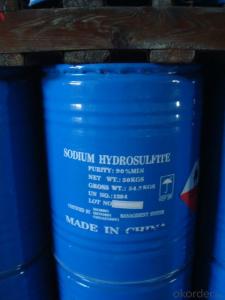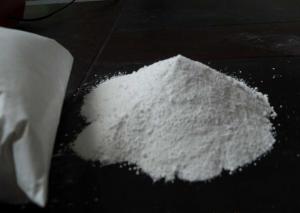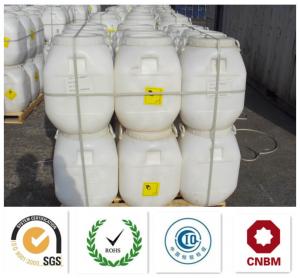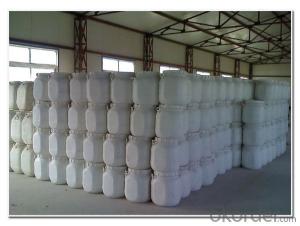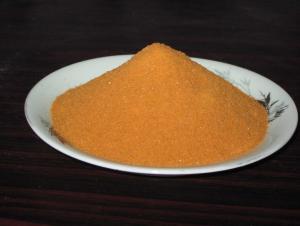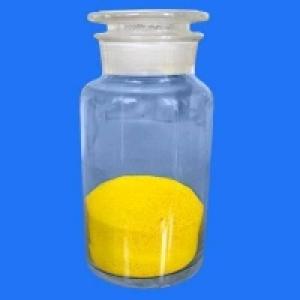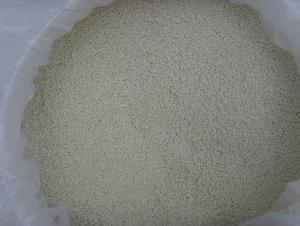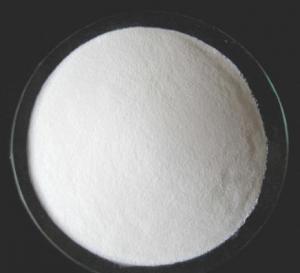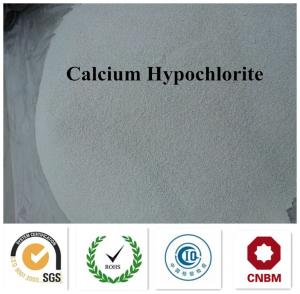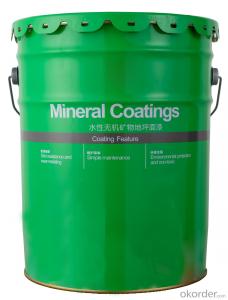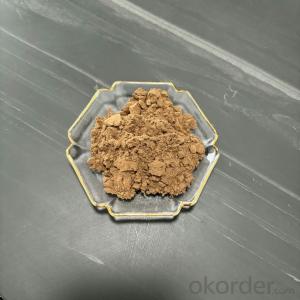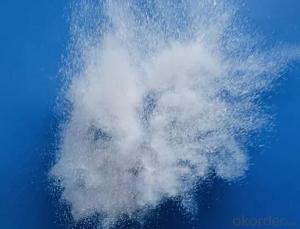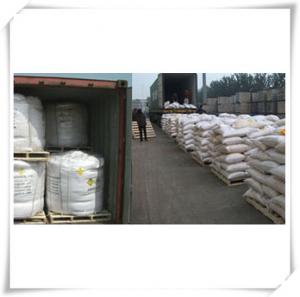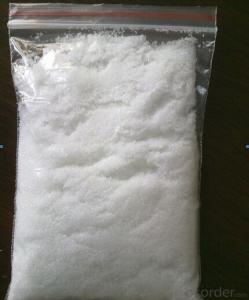Sodium Hydrosulphite with Good Price and Best Quality
- Loading Port:
- Qingdao
- Payment Terms:
- TT or LC
- Min Order Qty:
- 22 m.t.
- Supply Capability:
- 3000 m.t./month
OKorder Service Pledge
OKorder Financial Service
You Might Also Like
1.Structure of Sodium Hydrosulfite Description:
Commodity name: Sodium Hydrosulfite Na2S2O4 Sodium Hydrosulfite Sodium Dithionite Price
Molecular formula:Na2S2O4
Molecular weight:174
CAS Number 7775-14-6
H.S code 28311010
UN number 1384
Class 4.2
2.Main Features of Sodium Hydrosulfite:
It is a versatile chemical that's used in the manufacture of a variety of products we all use every day,
from photographic film to wine; from fine writing papers to leather goods; from colored fabrics to metal recovery.
While the applications for this chemical workhorse are as vast and as varied as the industries that use it,
in most cases, sodium hydrosulfite performs one of the following three roles:
1) As reducing agent, hydrosulfite chemically reduces othercomponents by donating an electron or electrons
2) As sulfonating agent, hydrosulfite adds sulfur to another chemical compound
3) As cation source, hydrosulfite adds a cation, or sodium, to a product system
3.Sodium Hydrosulfite Images
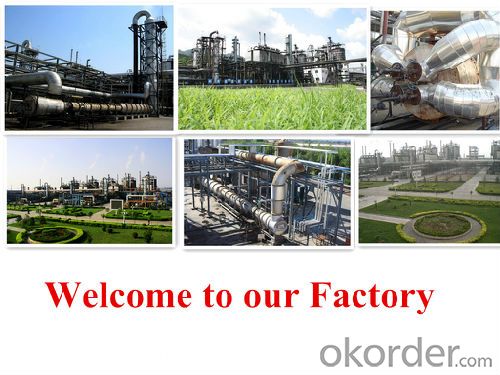

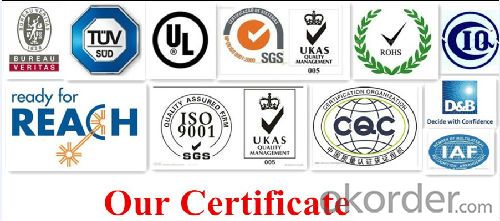
4.Sodium Hydrosulfite Specification
Standard:HG2932-1999
Index | Technical Grade HG/T 2074-2011 | Food Additive GB 22215-2008 | ||
Na2S2O4, | ≥ 90% | ≥ 88% | ≥ 85% | ≥ 88% |
Iron (Fe), | ≤20ppm | ≤ 20ppm | ≤ 20ppm | ≤ 20ppm |
Zinc (Zn), | ≤ 1ppm | ≤ 1ppm | ≤ 1ppm | ≤ 1ppm |
solution appearance | clear | clear | clear | clear |
EDTA, | / | / | / | qualified |
Arsenic(As), | / | / | / | ≤ 1ppm |
Other heavy metal( As Pb), | ≤ 1ppm | ≤ 1ppm | ≤ 1ppm | ≤ 1ppm |
Formate (As HCHO), | / | / | / | ≤ 0.05% |
water insolubles, | ≤ 0.05% | ≤ 0.05% | ≤ 0.05% | / |
Cadmium (Cd) | / | / | / | ≤ 2ppm |
Plumbum (Pb) | / | / | / | ≤ 5ppm |
5.FAQ
1, how about your packing?
My main packing is 25kg or 1000kg PP PE or kraft bag , with or withour pallets,with or without anticaking. We also can make packing and shipping mark are your ask, such as 50kg/50bl bag.
2, how long time you can make the shipping?
We can make the shipping within 5-10day after confirm the order.
3, why you buy from me?
We have stable quolity and price, not best quolity and price. It is not true for best quolity and best price. Our factory is manufacture according the BP USP and FCCIV terms. We have in this line for more than 8 years. We are one of the biggest exporter from Qingdao port.
- Q:How to isolate the effects of inorganic salts on enzyme solubility
- The effect of inorganic salts on the solubility of the enzyme was studied. The inorganic raw materials were pretreated with inorganic salts to separate the solid-liquid phase, and some of the lignin and hemicellulose were dissolved, and the sulfuric acid and the inorganic salt were added to the cotton Treatment, thereby improving the enzymatic hydrolysis efficiency. Using different amounts of sulfuric acid
- Q:Indicating the organic compounds and inorganic salts in the boiling point, melting point and solubility of what is the difference
- Organic compounds are mainly covalently bonded, the mutual attraction between molecules is very weak, so its melting point, low boiling point, generally insoluble in water and soluble in organic solvents. Inorganic salts with ionic bonding, positive and negative ions electrostatic attraction is very strong, so the melting point, boiling point is very high, usually insoluble in organic solvents and soluble in water.
- Q:What is the difference between inorganic and inorganic salts?
- Inorganic matter: the definition of inorganic matter in the narrow sense is: organic matter other than substances, including salts, inorganic acids, alkali and other compounds and elements and so on.
- Q:Can inorganic salts be tested by LC / MS?
- LC-MS mass spectrometer for organic matter, inorganic salts can not be atomized not applicable, and will pollute the instrument.
- Q:People do not eat salt tears with no inorganic salt
- Salt can also be obtained from the food, can be lack of salt to the row of no salt (tears, sweat, urine salts are the body of the salt) estimated that people are almost dead.
- Q:The effect of inorganic salt medium and the difference with enrichment medium
- The landlord said the basic nutrient base? That is based on the inorganic salt with carbon source and energy sources, such as beef extract, peptone, etc., the basic nutrients can provide the necessary cells to grow cells.
- Q:Please help i need the answer for a classwork assignment due today. I've looked everywhere online but i cant find the answer.
- the web page (below) discusses: Basal Salt Mixtures The use of balanced salt solution (BSS) in cell and tissue culture is generally attributed to early workers in the field. In 1885, Sydney Ringer developed a solution of inorganic salts designed to maintain contractility of mammalian heart tissue. A less specific salt solution was designed by Tyrode for use in work with primary mammalian cells. Tyrode's salt solution became the accepted fluid for diluting protein components of media of natural origin. Since that time, many other balanced salt solutions have been developed for use in cell and tissue culture. The current role of balanced salt solution in cell culture is multi-faceted and can be divided into four principle functions. see web page for extensive discussion on the good things about it
- Q:A solution is known to contain an inorganic salt of one of the following elements. The solution is colorless. The solution contains a salt ofa. Cub. Mnc. Fed. Nie. Zn
- Mn or Zn. Both MnSO4 and ZnSO4 solutions are water-white. KMnO4 is purple. But you did not stipulate.
- Q:What is the time when the maximum number of inorganic salts is needed
- Seedling stage requires the largest amount of inorganic salts, because the seedling period is to lay the foundation for the growth period, in the strong growth period is mainly composed of synthetic organic matter.
- Q:salt is organic or inorganic?
- If you mean table salt, NaCl then it's inorganic. No Carbons there.
1. Manufacturer Overview |
|
|---|---|
| Location | |
| Year Established | |
| Annual Output Value | |
| Main Markets | |
| Company Certifications | |
2. Manufacturer Certificates |
|
|---|---|
| a) Certification Name | |
| Range | |
| Reference | |
| Validity Period | |
3. Manufacturer Capability |
|
|---|---|
| a)Trade Capacity | |
| Nearest Port | |
| Export Percentage | |
| No.of Employees in Trade Department | |
| Language Spoken: | |
| b)Factory Information | |
| Factory Size: | |
| No. of Production Lines | |
| Contract Manufacturing | |
| Product Price Range | |
Send your message to us
Sodium Hydrosulphite with Good Price and Best Quality
- Loading Port:
- Qingdao
- Payment Terms:
- TT or LC
- Min Order Qty:
- 22 m.t.
- Supply Capability:
- 3000 m.t./month
OKorder Service Pledge
OKorder Financial Service
Similar products
New products
Hot products
Hot Searches
